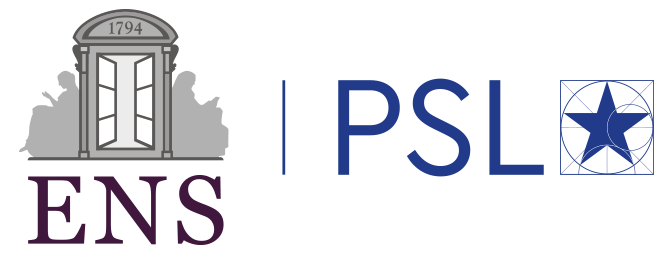Domaines
Relativity/Astrophysics/Cosmology
Type of internship
Théorique, numérique Description
Gravitational Waves (GWs) are typically described by three main phases. The inspiral phase occurs when two compact objects orbit each other at relatively low velocities, allowing the system to be accurately modelled using Post-Newtonian expansions, which provide perturbative corrections to Newtonian gravity. The merger phase follows, representing the most nonlinear and complex stage of the coalescence. As the two bodies approach and merge into a single, highly distorted black hole, strong-field relativistic effects dominate, and accurate modelling requires numerical relativity simulations. Finally, the ringdown phase describes the relaxation of the newly formed black hole into a stable, stationary state. The emitted radiation consists of quasi-normal modes whose frequencies and damping times depend only on the black hole’s mass and spin, in agreement with the no-hair theorem. Deviations from these expected modes could signal new physics beyond General Relativity (GR).
As LISA will be the first space-based detector capable of observing Massive Black Hole Binaries across cosmological distances, it offers an unprecedented opportunity to test GR with high precision. A key question arises: if the merger and ringdown phases deviate from GR, how would this affect inspiral-based tests of the theory? Understanding whether non-GR behavior in the late stages can bias or contaminate GR tests based solely on the inspiral is essential for assessing the robustness of future LISA analyses.
Contact
Nicola Tamanini
